Loretto Academy Billboard with Students, 1990 - El Paso, Texas
The image shows the billboard sign of Loretto Academy; three students are standing or sitting next to it. In the background, Saint Joseph's chapel can be seen.
The Sisters of Loretto began the educational efforts in El Paso and were later supported by Bishop Schuler (1869-1944), who became the first bishop of the Catholic Diocese El Paso from 1915 to 1942. He and Mother Praxedes Carty (1854-1933), local superior of the Sisters of Loretto, were the thriving force behind the construction of Loretto Academy.
The architectural firm Trost & Trost was commissioned to design the building. In September 1923, the School was opened on the Trowbridge property, and St. Joseph Academy, forerunner of Loretto Academy, was transferred from San Elizario to the new school. 143 students enrolled – taught by eight teachers. It took 14 more years to complete the three main units. The cornerstone of the chapel was laid in 1924.
The arrangement of the buildings, by design, face Mexico and reach out in a welcoming gesture. Indeed, in the following years, Loretto Academy grew and young women from the surrounding states and Mexico came to El Paso to be educated there. Sister Francetta initiated the construction of new buildings, like the cafeteria, elementary school, Hilton-Young Hall and the swimming pool. The convent housed nearly one hundred Sisters who staffed the Academy and various parochial schools throughout the city of El Paso. Gradually, many other educational activities were added; including ministry to the gangs, work with Girl's Club, ministry to the very poor, ministry to the deaf, a tutoring school, catechetical work, ministry to the elderly, teaching English as a second language, adult education, and pastoral ministry.
The boarding school closed in 1975 and was converted into a Middle School for girls.
In the 1990s, Loretto continued to accept girls from pre-kindergarten through 12th grade and boys through fifth grade. Recently, the convent has been converted to a retreat center for community organizations.
The number of Sisters has declined but the traditions and beliefs of Loretto Academy continue today.
Sources:
http://www.loretto.org/history/all-pages/
http://epcc.libguides.com/content.php?pid=309255&sid=2583799
Área:
Central / Austin Terrace
Fuente:
C.L. Sonnichsen Special Collections, University of Texas at El Paso Library. Collection Name: MS447 Ross, Eva. Photo ID: Billboard Sign on Lawn circa 1990.
Cargado por:
UTEP Library Special Collections
Food Drive by Loretto Academy, 1998
Loretto Academy organized a Food Drive for the Salvation Army on Christmas 1998. In the image, students put all the collected cans on the steps of Loretto Academy.
The Sisters of Loretto began the educational efforts in El Paso and were later supported by Bishop Schuler (1869-1944), who became the first bishop of the Catholic Diocese El Paso from 1915 to 1942. He and Mother Praxedes Carty (1854-1933), local superior of the Sisters of Loretto, were the thriving force behind the construction of Loretto Academy.
The architectural firm Trost & Trost was commissioned to design the building. In September 1923, the School was opened on the Trowbridge property, and St. Joseph Academy, forerunner of Loretto Academy, was transferred from San Elizario to the new school. 143 students enrolled – taught by eight teachers. It took 14 more years to complete the three main units. The cornerstone of the chapel was laid in 1924.
The arrangement of the buildings, by design, face Mexico and reach out in a welcoming gesture. Indeed, in the following years, Loretto Academy grew and young women from the surrounding states and Mexico came to El Paso to be educated there. Sister Francetta initiated the construction of new buildings, like the cafeteria, elementary school, Hilton-Young Hall and the swimming pool. The convent housed nearly one hundred Sisters who staffed the Academy and various parochial schools throughout the city of El Paso. Gradually, many other educational activities were added; including ministry to the gangs, work with Girl's Club, ministry to the very poor, ministry to the deaf, a tutoring school, catechetical work, ministry to the elderly, teaching English as a second language, adult education, and pastoral ministry.
The boarding school closed in 1975 and was converted into a Middle School for girls.
In the 1990s, Loretto continued to accept girls from pre-kindergarten through 12th grade and boys through fifth grade. Recently, the convent has been converted to a retreat center for community organizations.
The number of Sisters has declined but the traditions and beliefs of Loretto Academy continue today.
Sources:
http://www.loretto.org/history/all-pages/
http://epcc.libguides.com/content.php?pid=309255&sid=2583799
Área:
Central / Austin Terrace
Fuente:
C.L. Sonnichsen Special Collections, University of Texas at El Paso Library. Collection Name: MS447 Ross, Eva. Photo ID: Canned Food Drive Salvation Army Xmas 1998.
Cargado por:
UTEP Library Special Collections
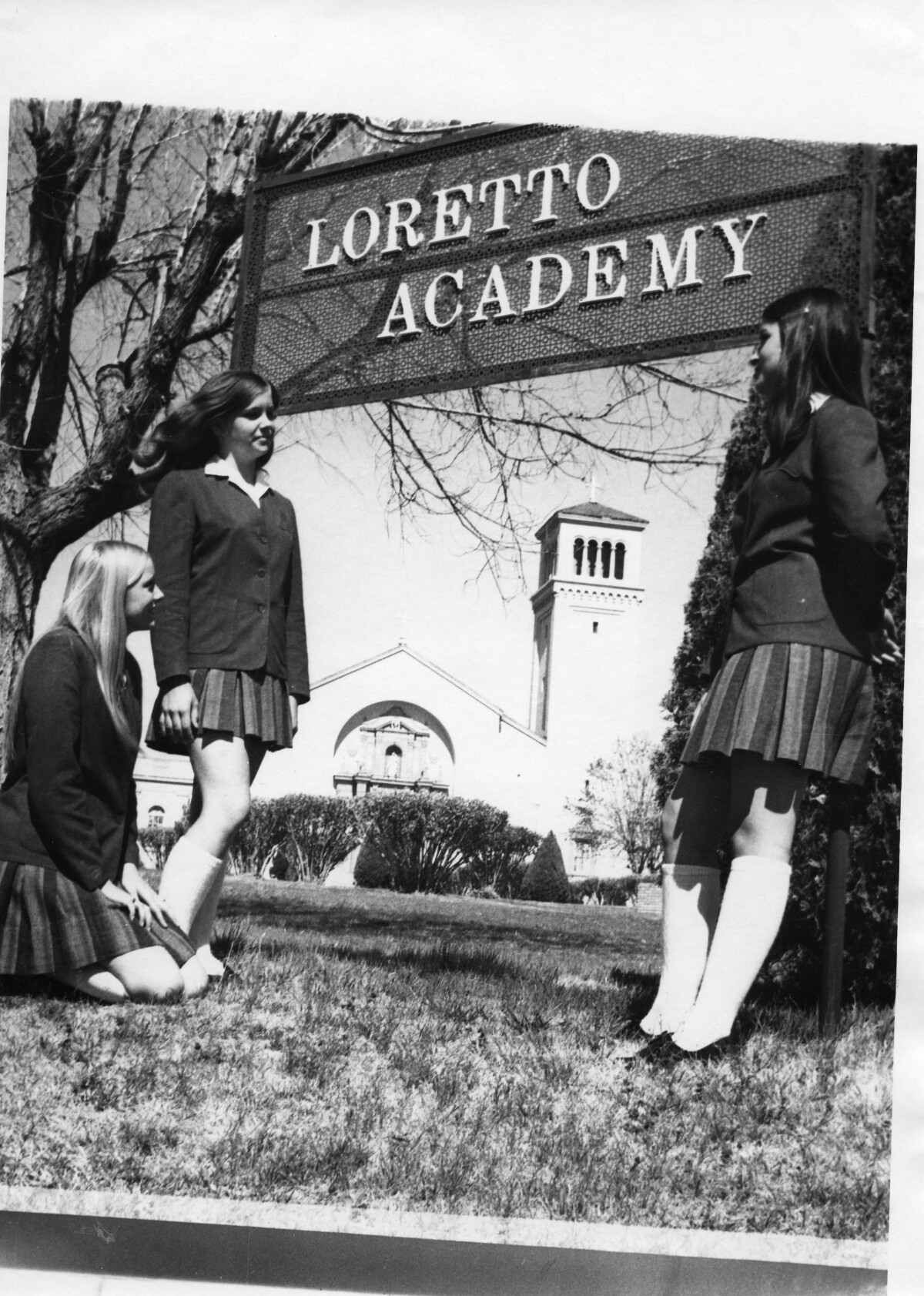
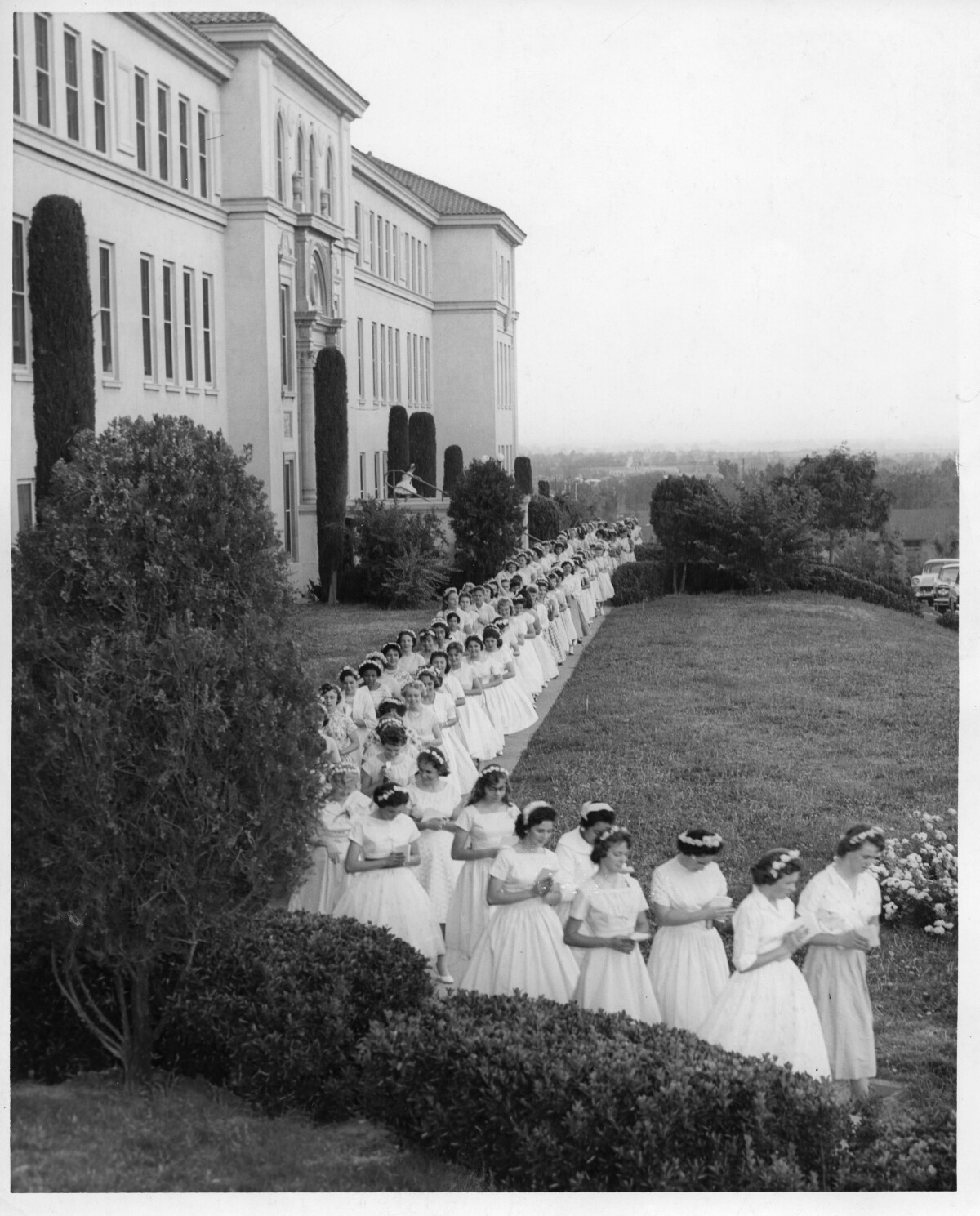
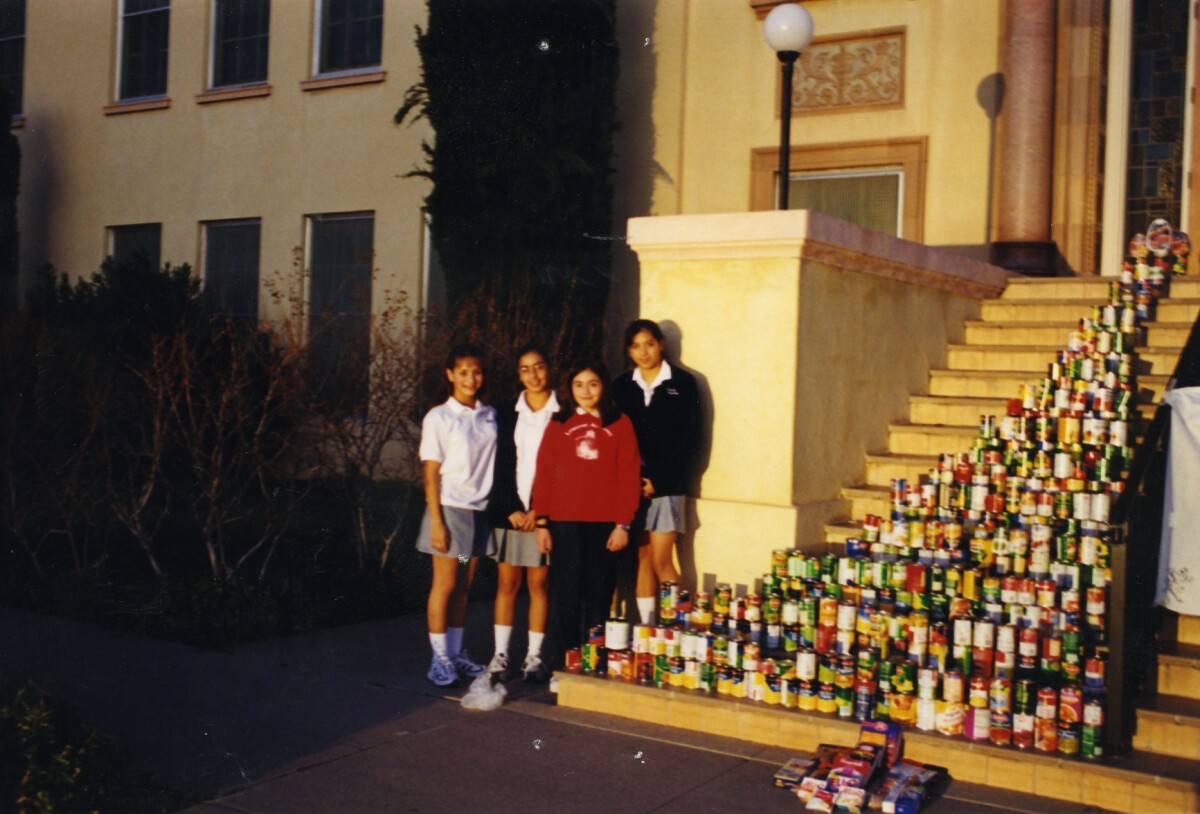
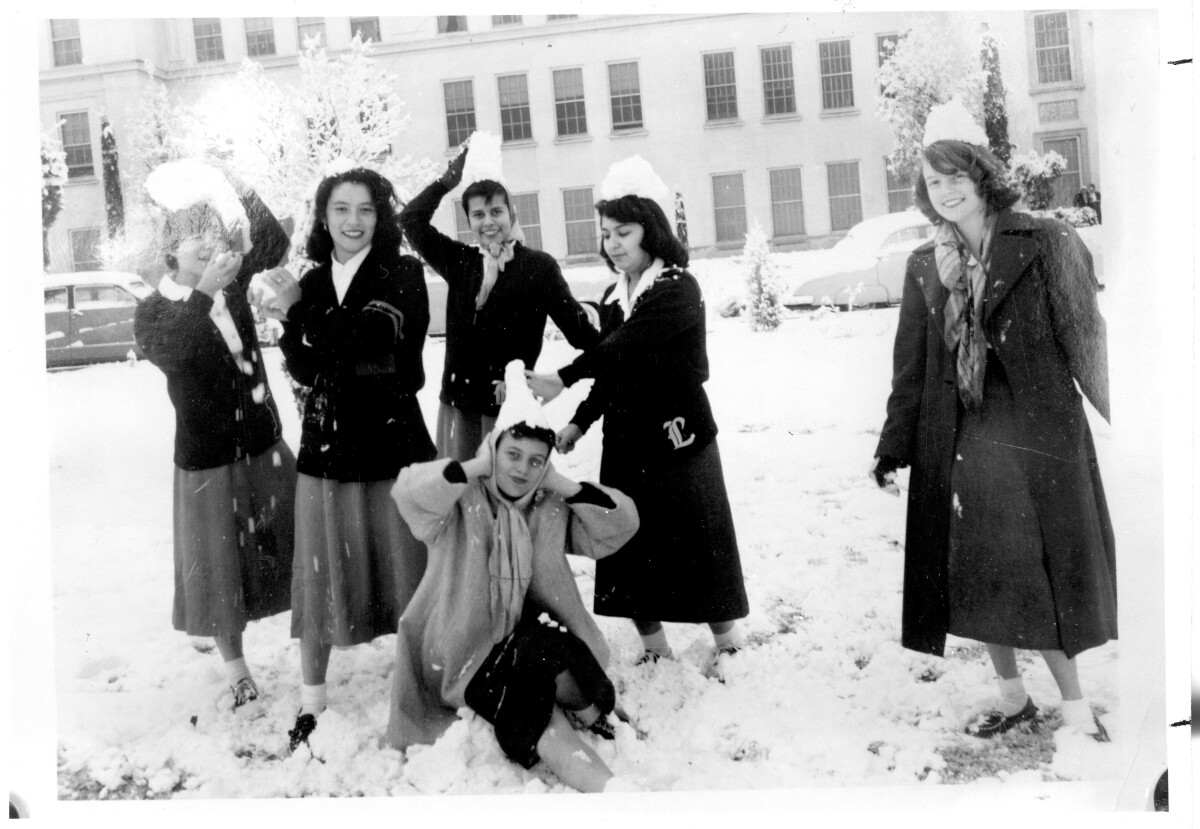

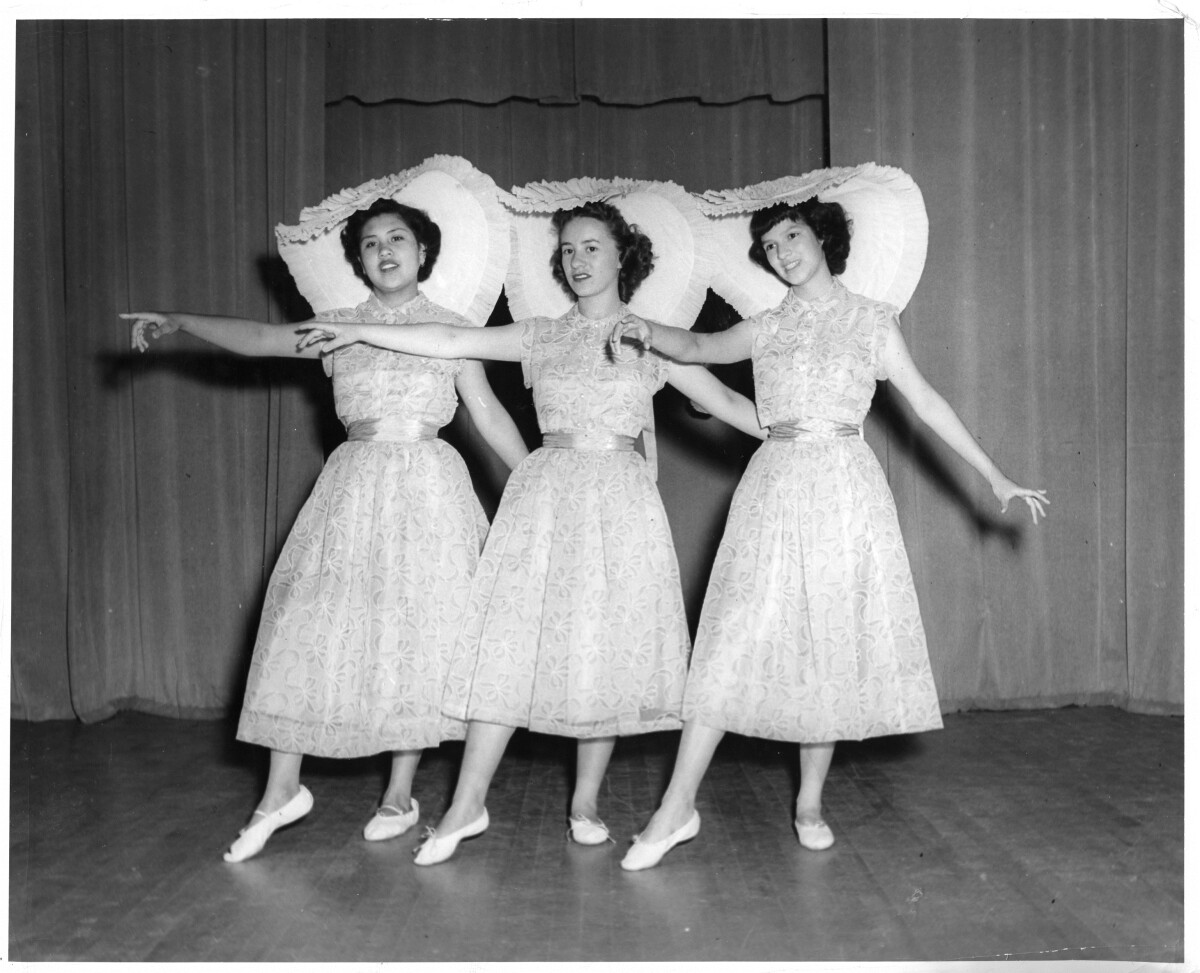
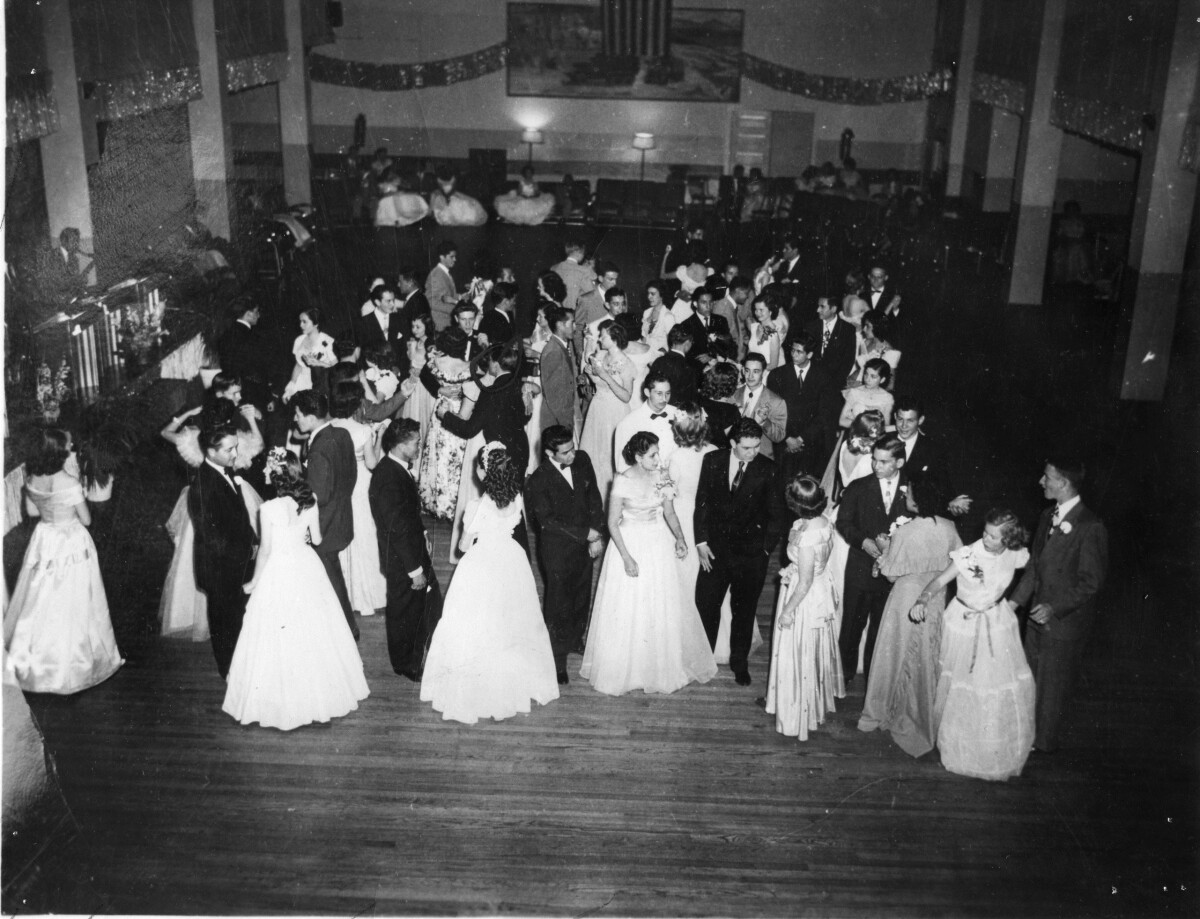
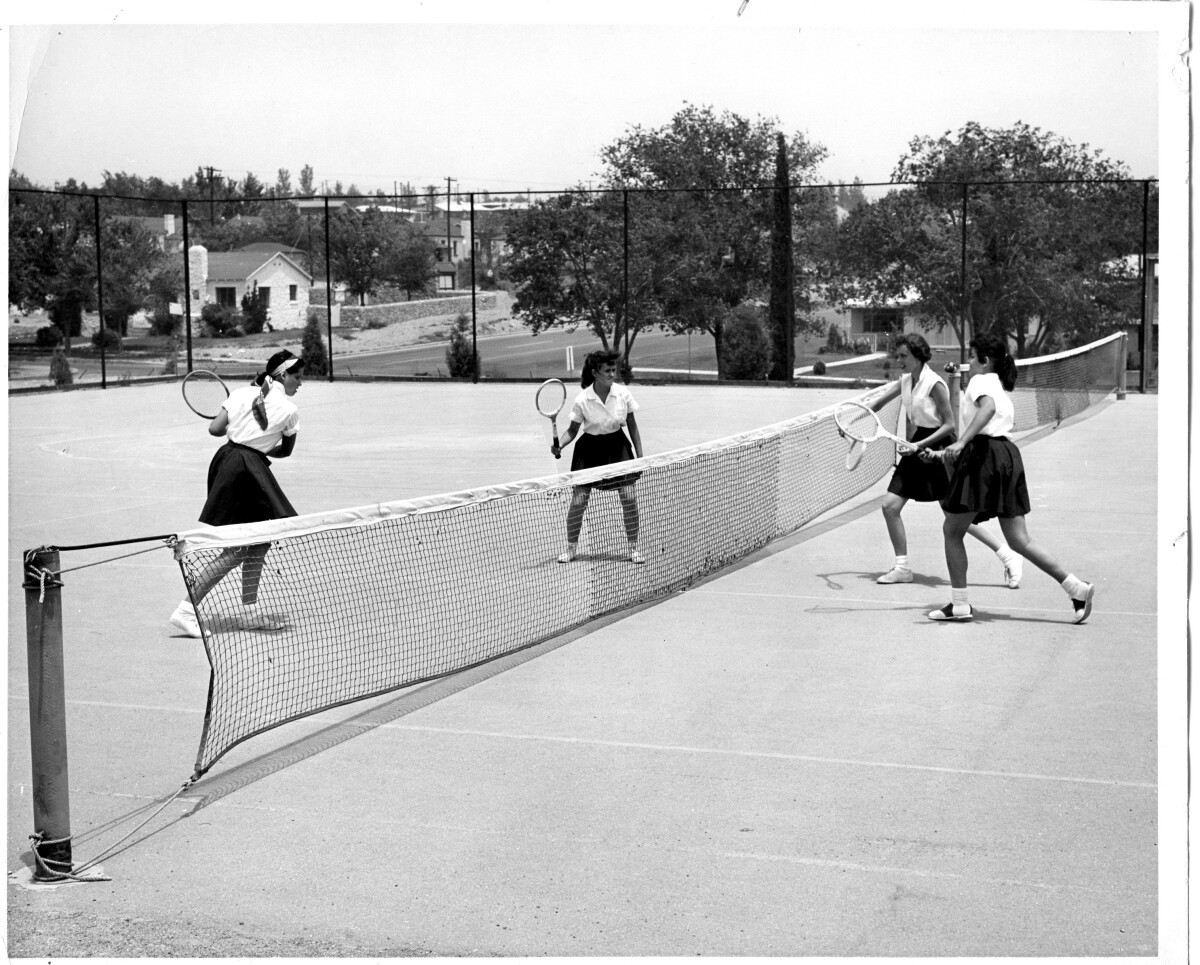

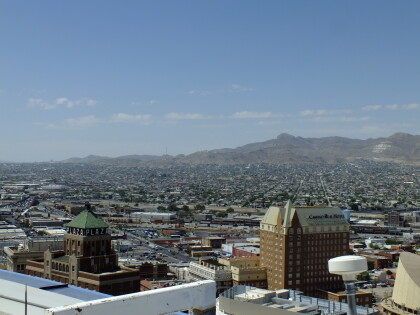
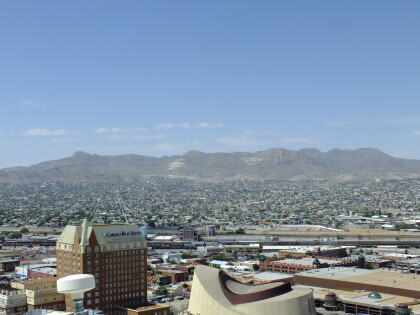
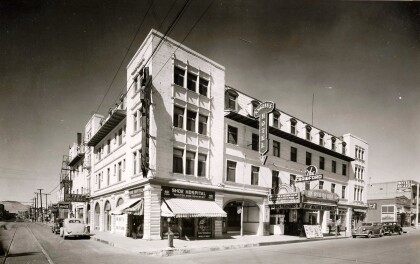

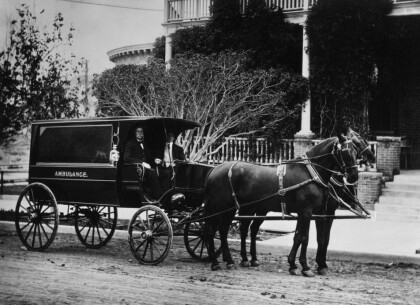
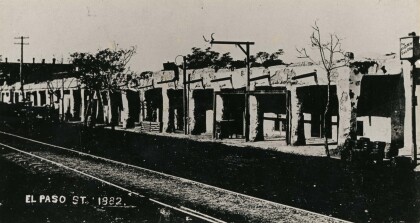
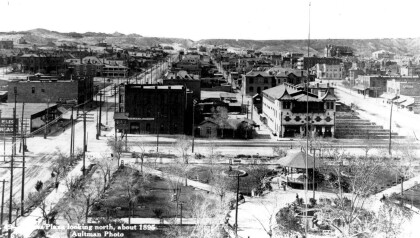
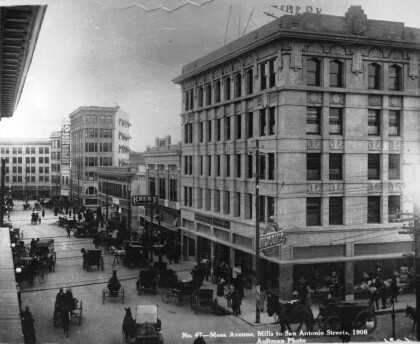
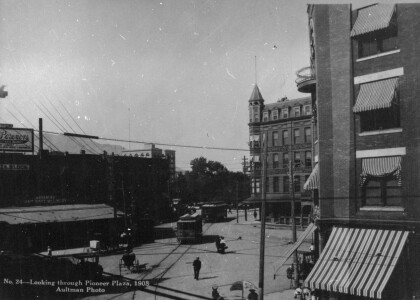
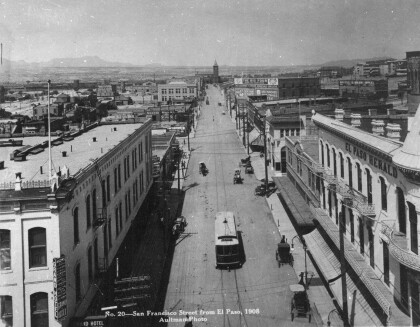


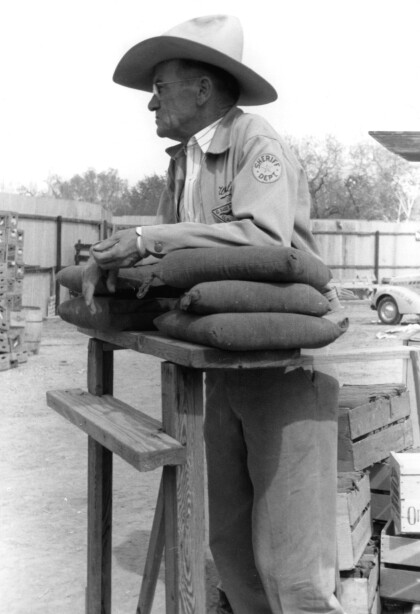
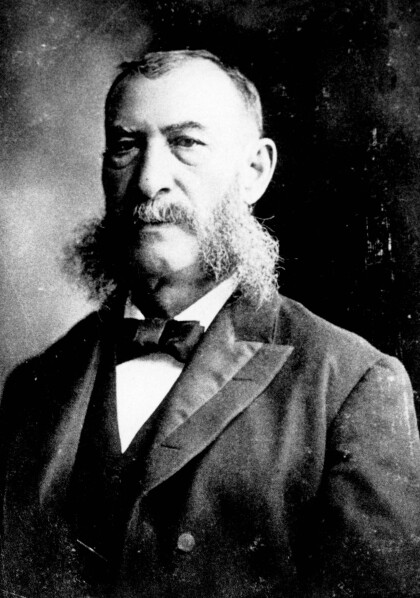

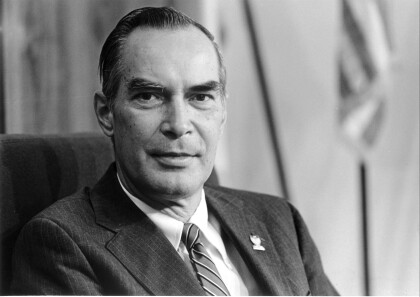
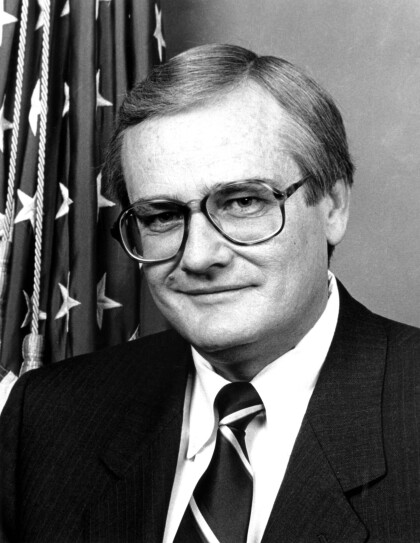
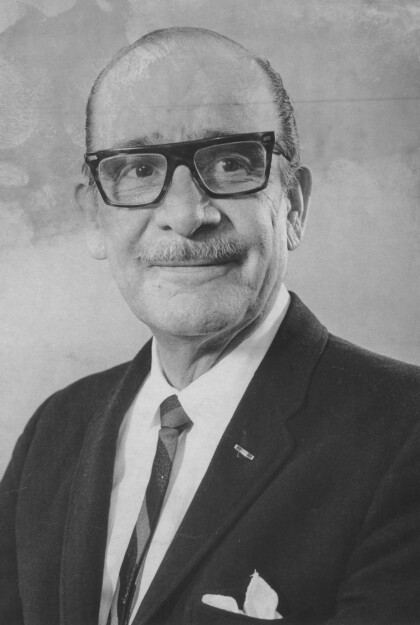
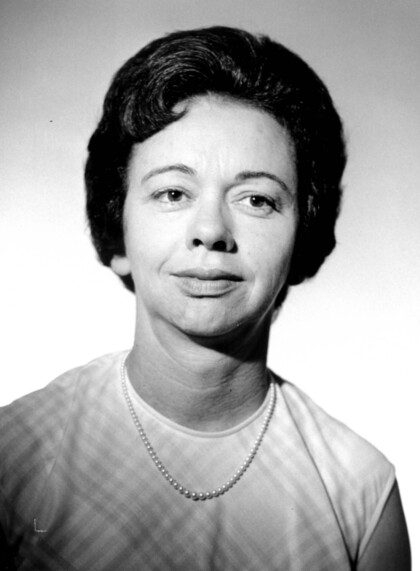
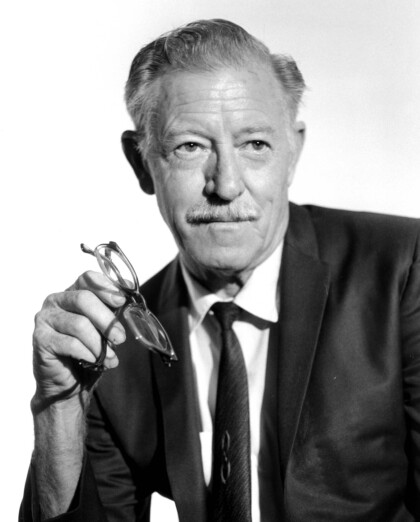
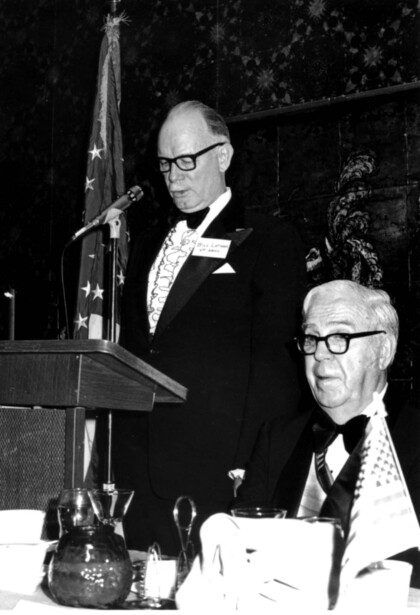
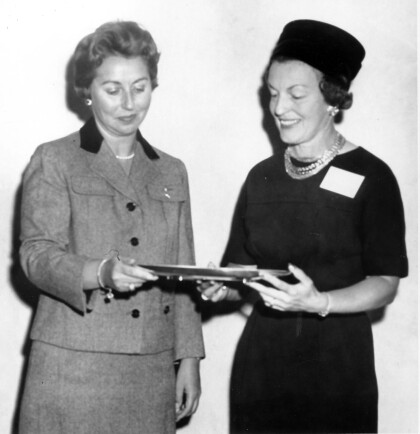
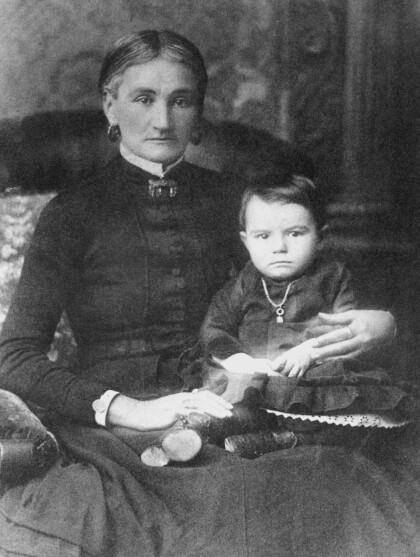
Comentarios
Hacer un comentario